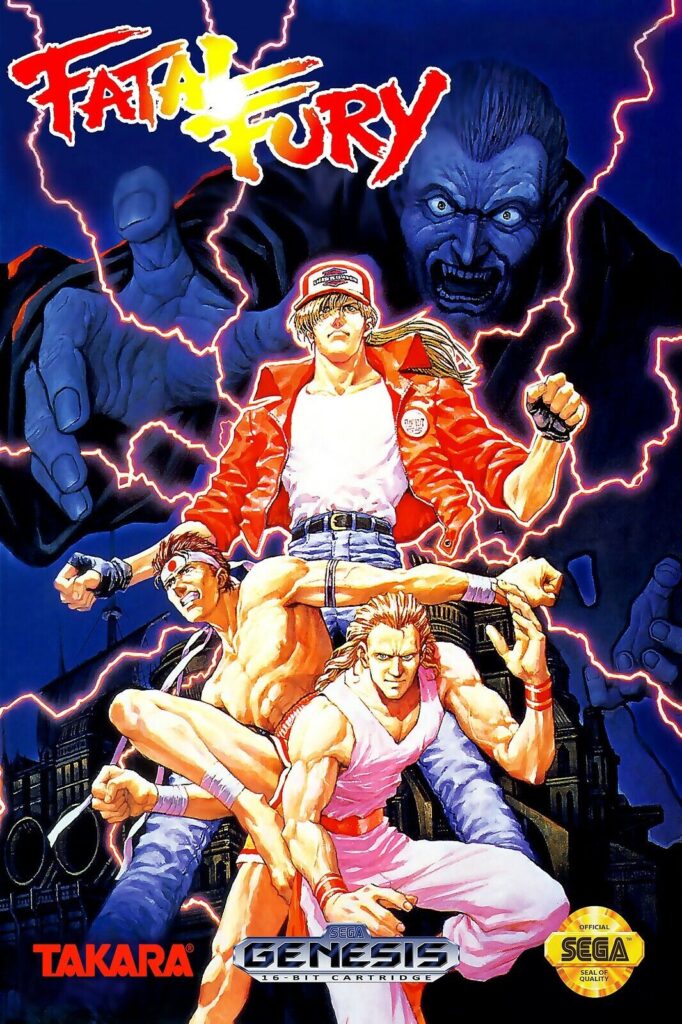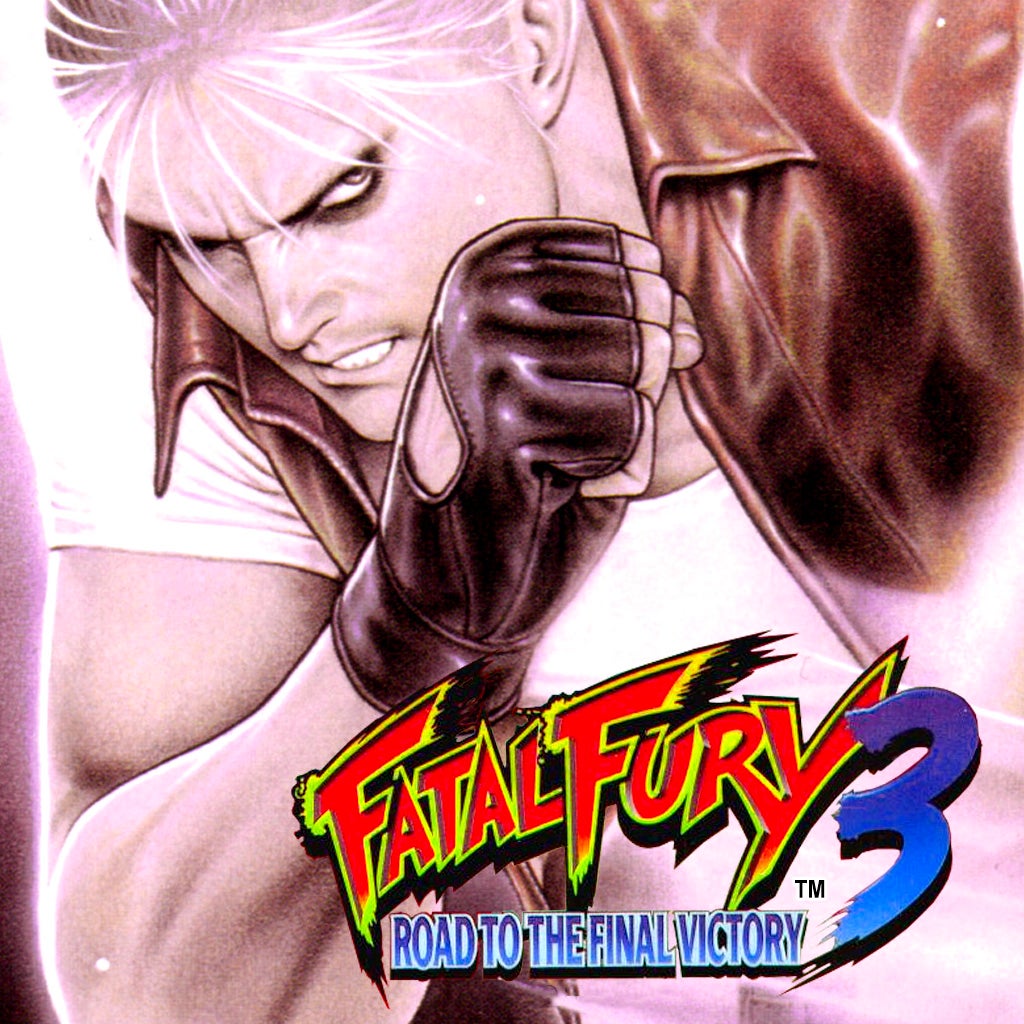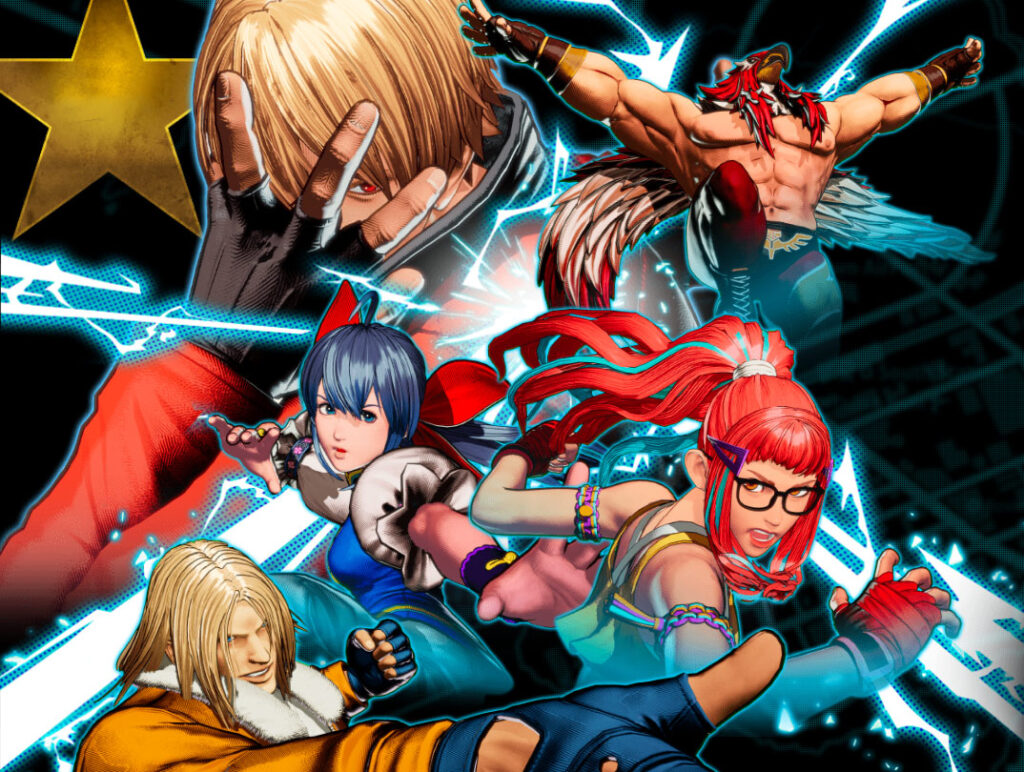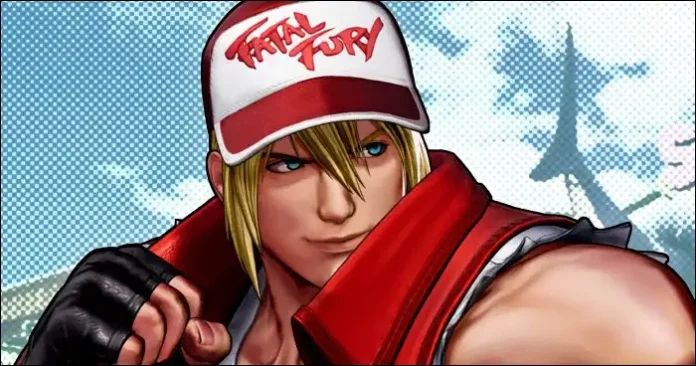In the pantheon of fighting games, a few names instantly ignite recognition: Street Fighter, Mortal Kombat, Tekken. But standing just slightly behind those titans, with a fierce legacy of its own, is Fatal Fury—a franchise that helped shape the genre and gave birth to one of the most beloved rosters in fighting game history. Born from SNK’s golden age and infused with gritty street energy, Fatal Fury may not dominate today’s competitive scene, but its fingerprints are everywhere in the fighting game world. From its innovative mechanics to its charismatic characters, Fatal Fury is more than just a retro classic—it’s a cultural cornerstone.

The saga began in 1991 with Fatal Fury: King of Fighters, released for the Neo Geo arcade and home systems. Created by Takashi Nishiyama, who had previously worked on the original Street Fighter for Capcom, Fatal Fury was both a spiritual successor and a rival to Capcom’s breakout hit. But SNK wasn’t trying to play catch-up—it was charting its own course. The first Fatal Fury was slower and more cinematic, focusing on storytelling and character development in a way most fighters didn’t at the time. It also introduced a unique two-plane battle system, allowing players to dodge and attack from background and foreground levels, adding a layer of strategy unseen in competitors.
At the heart of Fatal Fury was Terry Bogard, the series’ iconic hero. With his red vest, trucker cap, and “ARE YOU OKAY? BUSTA WOLF!” energy, Terry became SNK’s poster boy, appearing in crossover games and gaining mainstream recognition beyond the core fanbase. His orphan-turned-street-fighter origin story, shared with his brother Andy Bogard and their friend Joe Higashi, gave the franchise a solid emotional core that set it apart from the more arcade-focused narratives of other games.
The franchise quickly gained traction in the arcade-dominated ‘90s. Fatal Fury 2 and Fatal Fury Specialexpanded the roster and polished the mechanics. Then came Fatal Fury 3 and the Real Bout sub-series, which brought flashier animations, deeper combo systems, and a renewed focus on rivalries and rival clans. SNK’s commitment to storytelling—especially the long-running feud with Geese Howard and the mystery of the Jin twins—kept players engaged beyond the fight mechanics. And while not every entry was perfect, each brought something new to the table, including stage hazards, ring outs, and revamped plane mechanics.

Perhaps the series’ most ambitious title was Garou: Mark of the Wolves, released in 1999. Widely considered the franchise’s masterpiece, Garou took a leap forward in terms of animation, character design, and fighting depth. It introduced a new generation of fighters, including Rock Howard—Geese’s son and Terry’s protégé—blending the franchise’s legacy with a bold new direction. Many fans view Garou as SNK’s answer to Street Fighter III: a beautifully crafted, technically demanding fighter that, despite limited commercial success at the time, gained a legendary reputation in hindsight.
But while Fatal Fury maintained a passionate fanbase, it struggled to maintain mainstream momentum as the 2000s rolled in. SNK faced financial turmoil and went bankrupt in 2001, eventually returning as SNK Playmore. During this turbulent time, Fatal Fury took a backseat to the more crossover-heavy King of Fighters series—which had already begun absorbing many of its characters and mechanics. Terry, Mai Shiranui, and Joe Higashi found new life in KoF, but the Fatal Fury name began to fade.
Today, Fatal Fury is best remembered as the DNA of SNK’s fighting identity. It gave us Terry Bogard, who now throws power geysers in Super Smash Bros. Ultimate. It gave us Mai, one of the most recognizable female fighters in gaming. It gave us Geese Howard, the ultimate villain with a name only a fighting game could make sound cool. And it gave us Garou, a cult classic that still holds up against modern fighters for its balance, visuals, and feel.

So where does Fatal Fury rank among the all-time great fighting game franchises? Historically, it belongs in the top tier—but just below the holy trinity of Street Fighter, Mortal Kombat, and Tekken. Its impact is undeniable, its characters iconic, but it never quite cracked the mainstream in the way those series did. Part of that is timing, part of it is marketing, and part of it is accessibility. SNK’s fighters have always skewed toward the hardcore, demanding precision and practice. That’s appealing to veteran players but can be intimidating to newcomers.
If Fatal Fury wants to rise to Street Fighter levels today, it needs to evolve—not by abandoning its identity, but by embracing modern design and accessibility. The upcoming sequel to Garou: Mark of the Wolves is Fatal Fury: City of the Wolves, officially in development, is the franchise’s golden opportunity. To succeed, SNK must do what Street Fighter VI did: respect its roots while opening the door to new players. A crisp tutorial mode, rollback netcode for smooth online play, a refined combat system that rewards both style and skill—these are now essential, not optional.
But most importantly, Fatal Fury needs to remind the world why it mattered in the first place. The heart. The drama. The brotherhood between Terry and Andy. The tragic fall of Geese. The mystery of Rock’s future. These stories still resonate, and they deserve the kind of spotlight that can compete with Ryu and Scorpion.

In a genre dominated by a few mega-franchises, Fatal Fury remains a cult favorite with the potential for a mainstream resurgence. Its history is rich, its characters timeless, and its style unmistakably SNK. All it needs is the right moment—and maybe one more “BUSTA WOLF!” to wake the world up.
With the fighting game community bigger and more global than ever, Fatal Fury may soon get the comeback it deserves. And when it does, it won’t just be fighting for relevance—it’ll be fighting for the crown.

